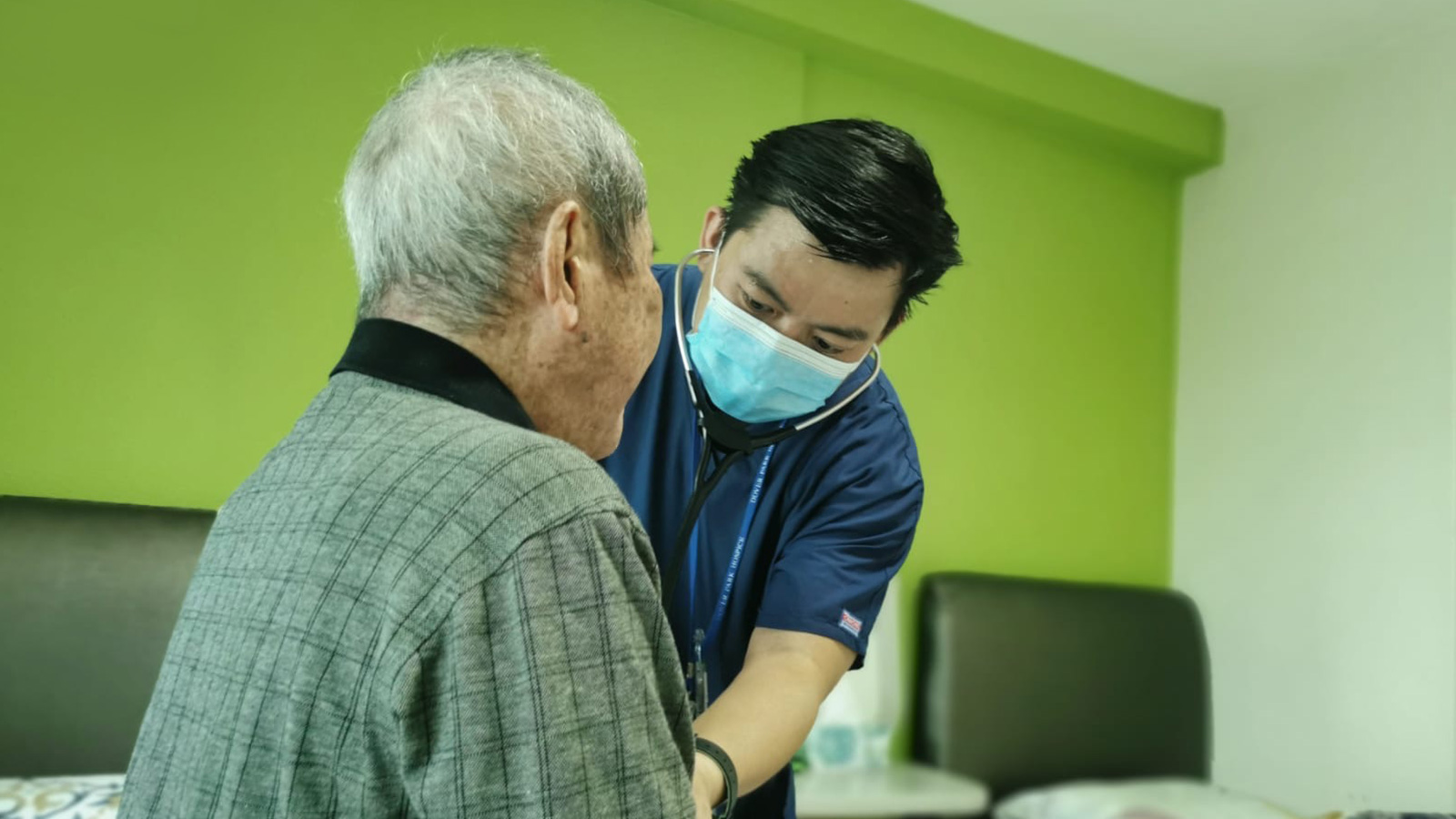Few people like to talk about dying.
Much has been said about the heroism of the frontline healthcare workers in the fight against Covid-19. Their sacrifice to keep us safe is noble, as is the work of doctors and healthcare practitioners who nurse us back to health when life takes a turn for the ill.
But unlike these professionals who work to cure the ill or protect the healthy, there is a group of healthcare workers whose job more often than not, ends in the death of the patient.
These unsung heroes work with the seriously ill, who have fairly different care needs and end-of-life requirements. It is physically and emotionally draining, as this team of medical professionals and therapists also have to manage the stages of grief and anxiety patients and their families go through, when there are no more medical cures to turn to.
Palliative care is still relatively new in Singapore, having only been established here as a medical subspecialty in 2006. It would come as no surprise that the sector of palliative care is not an area where people would naturally aspire to join, either as a healthcare professional, a volunteer or hospice worker.
The Pride sat down with two healthcare professionals to hear how they were called to the sector and find out what keeps them motivated.
“It’s a privilege to journey with them to the end”
“It’s a privilege to manage a patient’s end-of-life care and journey with them in their last days. I help them to continue to be who they are, even when it is very difficult.”
Dr Yee Choon Meng is a palliative care doctor. The 42-year-old tells The Pride that he finds the work meaningful despite the obvious stresses of working in the palliative care sector.
“Death is part and parcel of life. Why shouldn’t we treat death with as much importance as when a baby is born?
Dr Yee confesses that when he graduated from medical school, palliative care was not something he considered. And this is common, as palliative care is neither glamourous nor lucrative, and hence not a popular field for doctors to specialise in.
But after six years in a hectic hospital lifestyle, Dr Yee was burnt out and considering other options for his subspeciality. It was then that his mentor, Dr Wu Huei Yaw, invited him to join a pilot homecare programme for patients with end-stage organ failure.
For slightly over a year, Dr Yee applied his medical knowledge and skills to help vulnerable and frail patients, helping to relieve their symptoms. It was here that he learned a lot about the psycho-emotional part of illness, and witnessed how patients’ families coped.
“The family members can be at different stages of grief (denial, anger, bargaining, depression, and acceptance) – or even at multiple stages at the same time,” said Dr Yee.
This served as his introduction to the field of palliative care and sharpened his interest in holistic care for patients. Dr Yee was so inspired, upon the end of the pilot programme, he asked to return to work in the Palliative Care Department at Tan Tock Seng Hospital (TTSH).
Six years ago, in 2014, Dr Yee became a palliative care specialist at TTSH. He is now on secondment to Dover Park Hospice, where he has been the Head of Home Care since July 2019.
Palliative care has a different focus than other aspects of medical care.
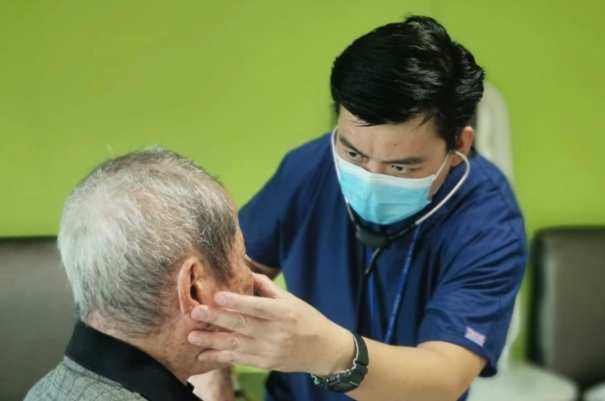
“End-of-life care deals with pain, breathlessness, nausea and vomiting. Managing these symptoms was not very well taught in medical school, unlike in palliative medicine,” Dr Yee tells The Pride.
In his opinion, the other aspect that medical school did not address in-depth is the biopsychosocial-spiritual model in end-of-life care. In other words, sometimes the last stage of a healing journey isn’t just about medical science.
“Sometimes it isn’t medical intervention that is needed anymore, as much as doctors’ vast experiences tell them they have the skills and knowledge to handle every medical problem that arises. Instead, our role is to journey with the patient till the end,” Dr Yee says.
“A multi-disciplinary approach requires working with other practitioners like art therapists and music therapists. That’s the beautiful and challenging part of palliative care – using other modalities to help these vulnerable patients in their journey.”
Being a palliative care doctor isn’t easy. “You can get sucked in by emotionally draining patients. But I try to keep a balance. It’s like when you’re at the beach, keeping one foot in the water, and the other one foot on the sand, making sure you don’t drown but still being present to help,” says Dr Yee.
He takes frequent holidays every three to four months for a week or two at a time and practices self-care through swimming and yoga to prevent burnout. “Otherwise I can get quite angsty!”
Has his chosen line of work affected how his family treats him? Dr Yee, who is single, shares that his parents have come to accept his profession but it’s not something they talk about much.
When he meets new people, most of them either do not know what palliative care is, or if they do, they don’t know how to talk about it. Often, says Dr Yee, conversations come to a grinding halt the moment he introduces his profession.
But truth be told, he says, it’s normal. Healthcare practitioners also find it difficult to talk to their patients about death too. Even his colleagues have asked him, “Don’t you feel sad all the time when you see your patients?”
It is actually seeing his patients and hearing their stories that helps that keeps him going, says Dr Yee.
Other stories you might like
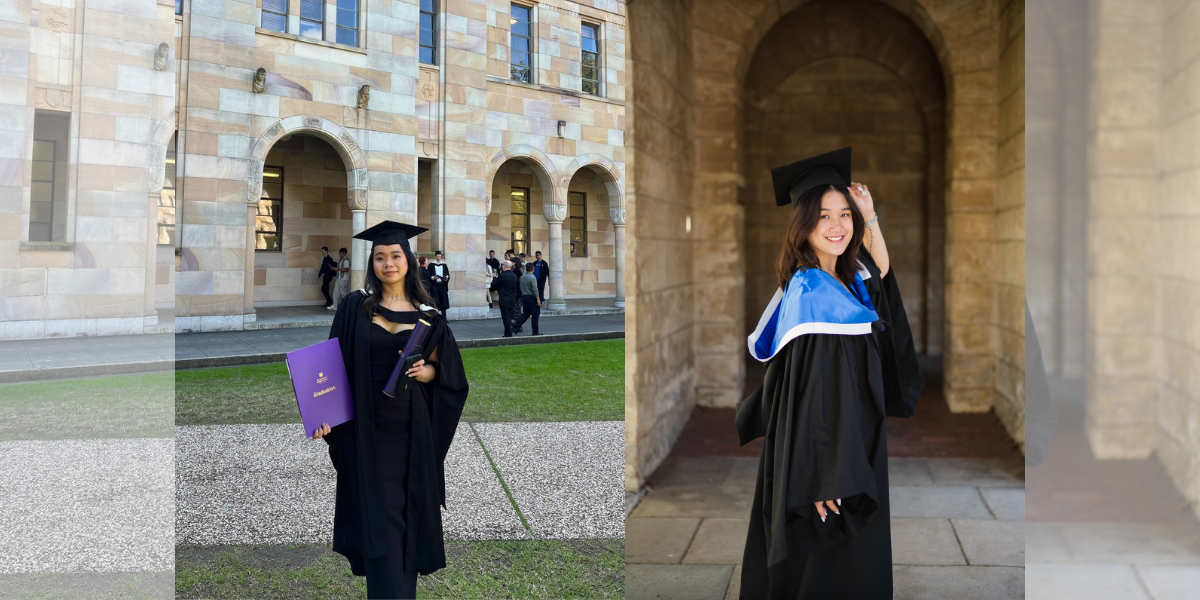
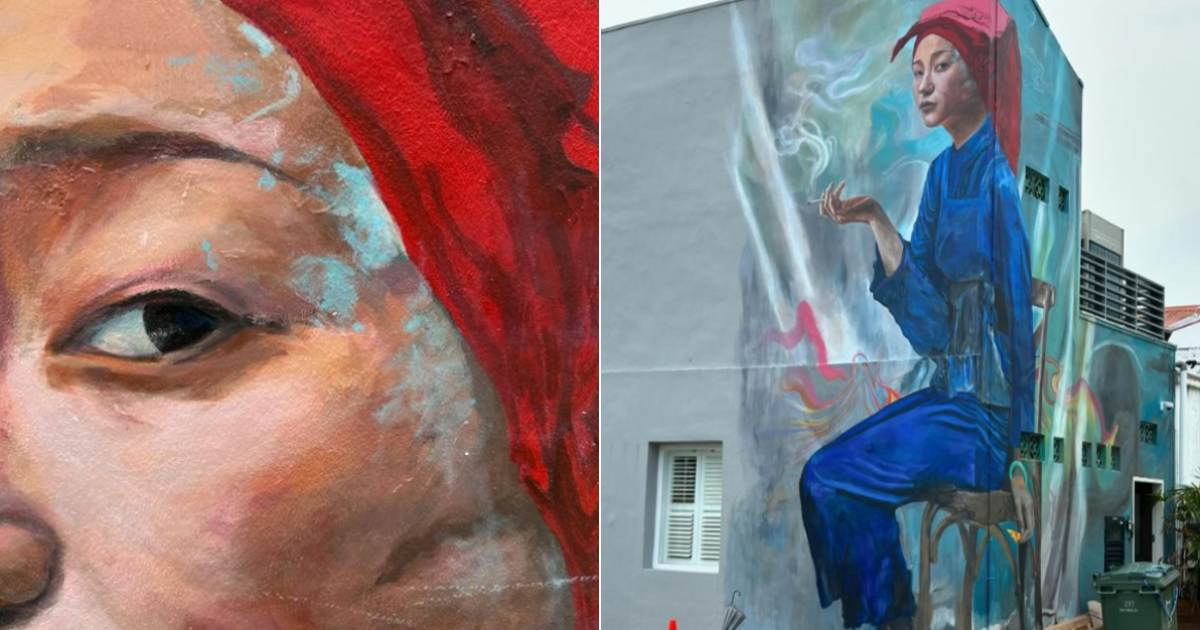
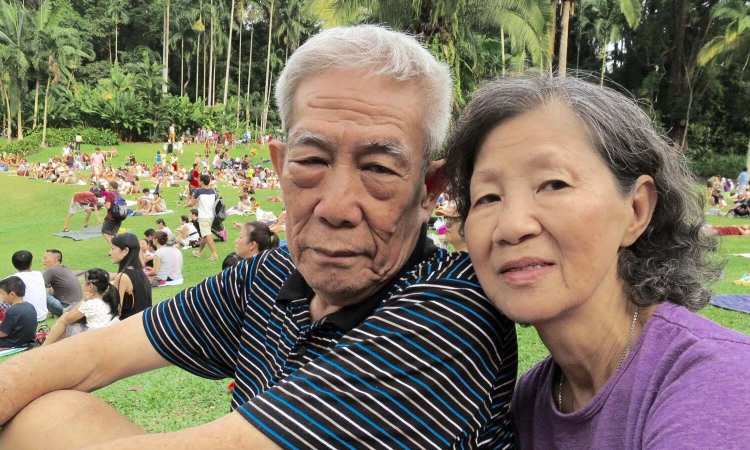
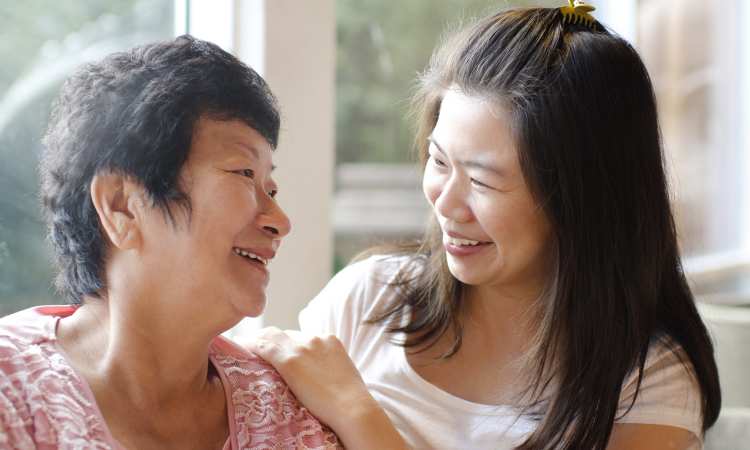
One of the most moving memories he has is of a patient who had gallbladder cancer. The patient, a father in his 60s, had a son who was in jail for drug offences. As prisoners are allowed one visit out of jail on compassionate grounds, Dr Yee asked his patient if he preferred his son to pay him a visit at the hospital or to pay his last respects at the wake.
“I sensed he missed his son a lot,” Dr Yee says.
The patient asked for his son to visit him at the hospital but the reason he gave moved Dr Yee to tears. The patient told Dr Yee that he did not want his son to visit him at the wake after his death, as he knew his son would be dressed in prison-issued clothing and wearing restraints. If neighbours or friends saw him, it would be too embarrassing for his son, who “would not be able to lift his head high” once he was released from prison.
“Even at the end of his life, he was still thinking like a father, and showing love to his son,” Dr Yee recalls.
At the end of the day, we must remember that patients are “somebody’s father, husband, son, or brother, just like you and me,” Dr Yee tells The Pride. “It’s about being present for them and listening.”
Palliative care brought her family back together
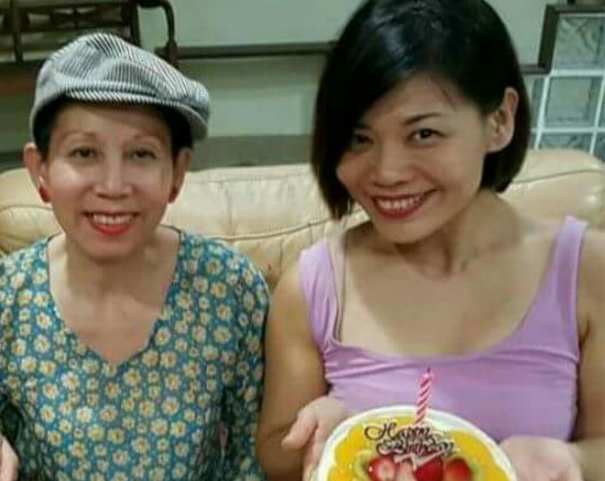
Before her sister was diagnosed with late-stage ovarian cancer, Christina Wee, Communications and Community Relations Manager at the Singapore Hospice Council (SHC), didn’t know much about palliative care – aside from the impression that it signified the end of the road for a person’s life.
But the hospice turned out to be the place where her late sister, Katherine, reconciled with her siblings after a rift had torn them apart for 14 years. Coming from a tight-knit Peranakan family, Katherine was the second oldest child and left school early to help her parents with the bills. Christina, 52, the fifth of six siblings, was especially close to her. But due to a misunderstanding, Katherine broke off communications with the family and ignored Christina’s efforts to mend broken ties.
In 2016, when Christina messaged her niece (Katherine’s daughter) to wish her a happy birthday, Katherine unexpectedly returned her call. That was the beginning of a happy reunion between them.
The last thing they expected was to have Katherine diagnosed with cancer a few months later, with only a 50% chance of recovery. Katherine decided not to have any invasive curative treatment but opted for palliative care instead.
It was tough on Christina to deal with the emotions of the decision.
“At that point, I felt that I couldn’t let her go when we had only just reconciled…” she tells the Pride.
However, the four-month stay at the hospice proved to be important in healing ties with the rest of the family as they took turns to be with Katherine daily.
The hospice environment was comfortable and Katherine was impressed by the care given by the medical staff, therapists and volunteers. “They really go beyond their work scope,” Christina remembers her sister telling her.
Katherine was particularly close to a volunteer befriender, Marlene, who treated Katherine like her own family, and she even asked for one of her nurses to be by her side when she passed away.
It was when she saw how everything Katherine had wanted was fulfilled, that Christina says she finally felt ready to say goodbye to her sister. In December of 2017, Katherine passed away, 11 days before she would have turned sixty-one.
After Katherine’s passing, Christina continued to help out at a SHC community event. When a visitor to the booth asked why she wanted to volunteer in the palliative care sector, she shared her story of how hospice care provided a peaceful and quality end-of-life care for her sister.
She tells The Pride that the impassioned and heartfelt way she answered the questions surprised even herself. Shortly after, the chairman of SHC called her to offer her a job as communications manager and she accepted.
“It seemed like the natural thing to do,” she tells The Pride.
But that was not the only surprise.
“Marlene revealed to me later that Katherine had told her before she passed away that she hoped I would one day work in hospice care,” Christina says. Hearing it was like getting a final vote of confidence and a loving embrace from her sister.
Just like Katherine, Christina’s family and friends felt it was the perfect job fit for her.
“Spreading the word about palliative care and debunking its myths keeps me motivated,” she says.
Today, more than two and a half years after her sister’s death, Christina still works with hospices, who are the member organisations of SHC. Her roles include promoting palliative care and fundraising for SHC’s causes.
Being in this line of work has helped her on a personal level such as advising friends on palliative care, and knowing the importance of fulfilling the wishes of loved ones, and creating memories as a family together.
She tells The Pride: “My mother-in-law was attended to by a day- and home-care service provider for six months before passing on in May this year. I encouraged my in-laws to fulfil her wishes. For example, she wanted so much to continue with Chinese New Year visitation this year despite her condition.
“So the family hired a van with a ramp for wheelchair access. And my husband organised a family photoshoot with 25 members of the family in early February. I’m so glad that we were able to do this before she passed.”
If you like what you read, follow us on Twitter and Google News to get the latest updates.
